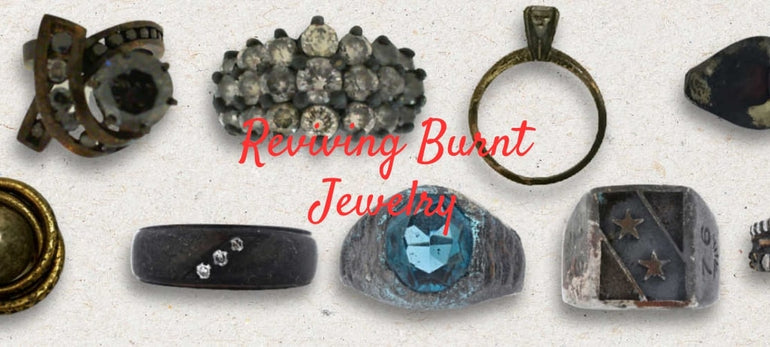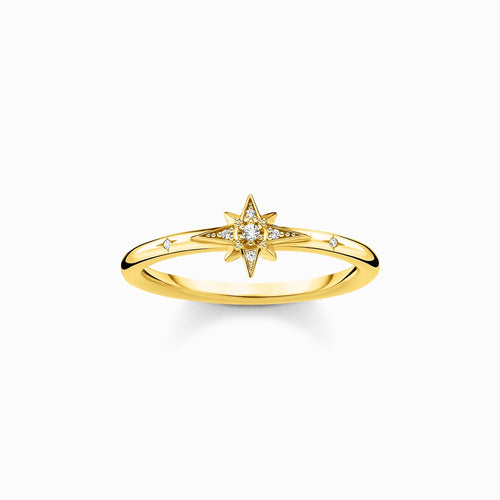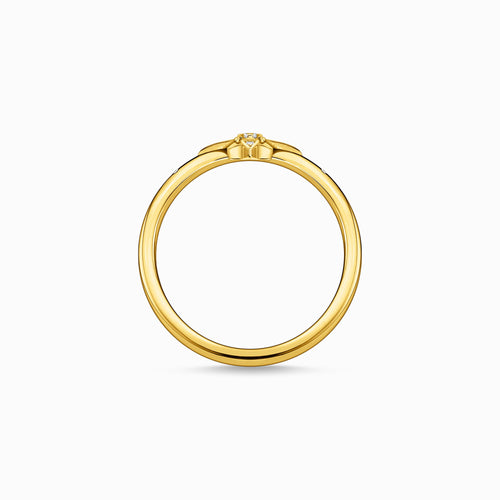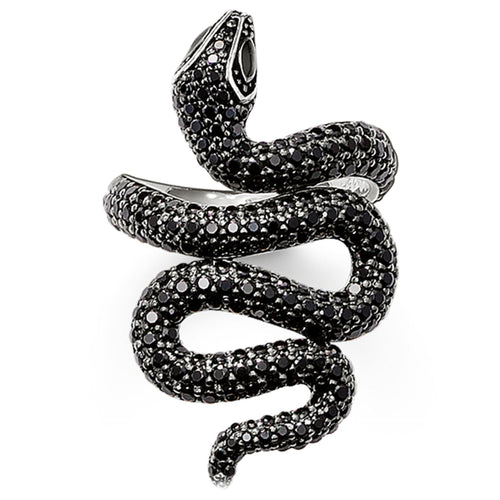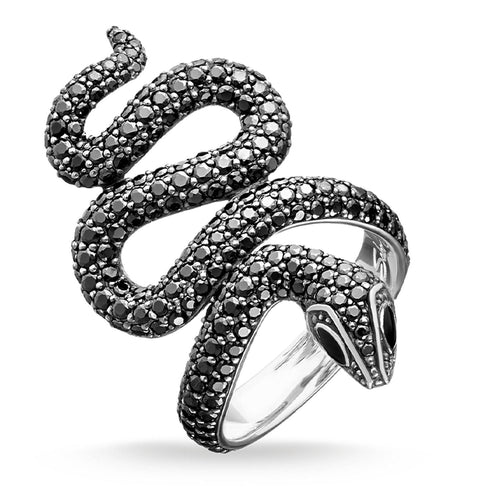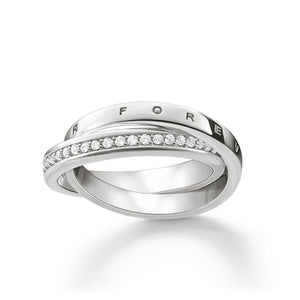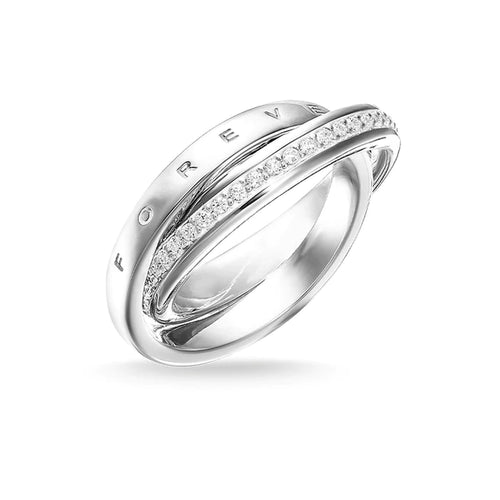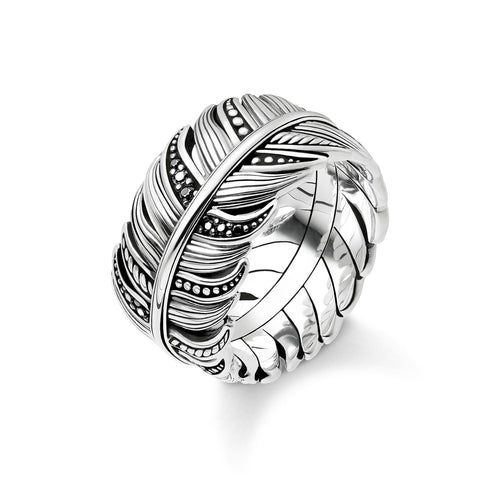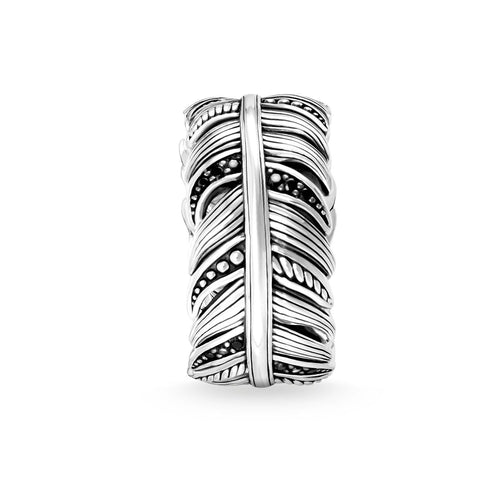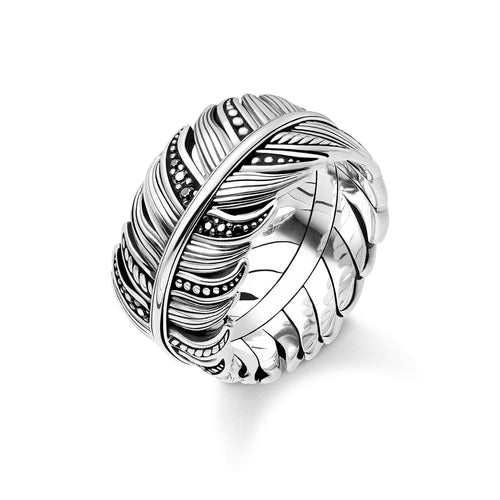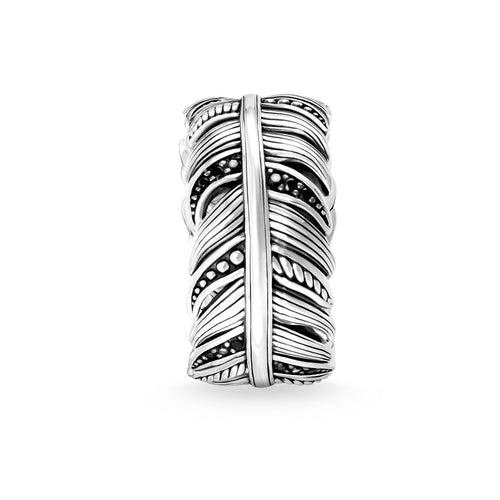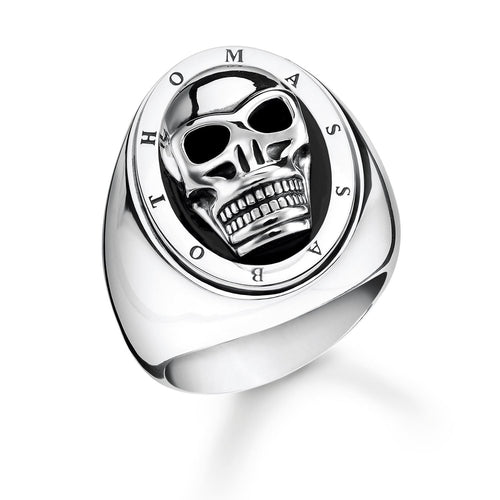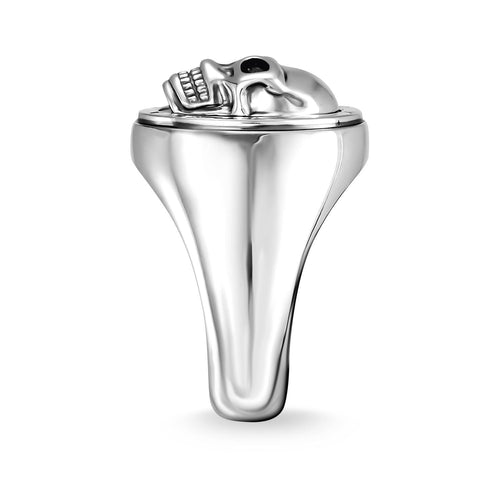Jewelry often holds sentimental value, making it devastating when cherished pieces are damaged in a fire. The restoration of burnt jewelry involves understanding the impact of high temperatures on various materials, from gold rings to platinum and diamond rings.
Key Takeaways:
-
Fire damaged jewelry can often be restored by professional jewelers.
-
The success of restoration depends on the type of metal and extent of damage.
-
Immediate steps can minimize further harm to damaged jewelry.
Common Fire Damage Impacts:
-
Discoloration: Changes in color, especially in gold and silver.
-
Melting: Structural damage, particularly in settings and bands.
-
Gemstones: Effects vary; diamonds might survive better than rubies or pearls.
Exploring how burnt jewelry can be brought back to its original form with polish and shine provides insight into the intricate work of expert jewelers.
Can Burnt Jewelry Be Restored?
Imagine finding your cherished wedding rings or a beloved gold ring damaged in a house fire. It’s heartbreaking, but there's hope. Can burnt jewelry be restored? Absolutely, with the right approach and expertise.
Fire damaged jewelry repair also often faces various challenges:
-
Discoloration: Metals like gold and silver can lose their original shine.
-
Structural Damage: Very high temperatures can melt or warp the metal.
-
Burnt diamonds and other gemstones may appear clouded or cracked.
The feasibility of restoring damaged jewelry depends on several factors:
-
Type of Metal: Gold, silver, platinum, and other metals react differently to high temperatures.
-
Extent of Damage: Minor surface issues can be fixed with a soft cloth and jewelry cleaner, while severe cases might need complete reconstruction.
-
Jeweler’s Expertise: Consulting an expert jeweler ensures a professional assessment and effective restoration plan.
Professional jewelers use various techniques to revive and restore burnt jewelry for example:
-
Cleaning: Initial steps often involve cleaning with dish soap and clean water to remove soot and debris.
-
Polishing: Using a polishing wheel, jewelers can restore the jewelry's surface.
-
Repair and Replacement: Replacing melted or lost parts, such as stones or settings, is crucial for bringing back the original form.
Restoring burnt jewelry from ashes isn't just about physical repair; it’s about preserving memories and sentiments. So, yes, burnt jewelry from ashes can be restored, often to its former glory, with the help of expert jewelers.
Understanding Fire Damaged Jewelry
Fire can wreak havoc on jewelry, but understanding the effects can help us appreciate the restoration process. When fire meets jewelry, the results can be dramatic. Let's dive into how different types of jewelry respond to smoke, very high temperature, temperatures and fire damage.
Metals and Heat:
-
Gold: Known for its resilience, gold can still suffer discoloration and melting. A gold ring exposed to a house fire might lose its original shine and need professional cleaning.
-
Silver: This metal tarnishes easily and can warp under extreme heat. Restoring silver involves careful polishing and possibly reshaping.
-
Platinum and Other Metals: While platinum is sturdy, it can still sustain surface damage. Other metals like copper and alloys might react differently, requiring specific restoration techniques.
Gemstones Under Fire:
-
Diamonds: Despite their reputation for toughness, diamonds can suffer surface damage in a fire. Burnt diamonds may appear cloudy or cracked.
-
Rubies and Garnets: These stones can lose their luster and might need to be replaced if they crack or become discolored.
-
Pearls and Fragile Stones: Organic gemstones like pearls are particularly vulnerable to heat, often requiring complete replacement if damaged.
Settings and Structure:
-
Wedding Rings and Wedding Bands: These often hold significant sentimental value. Fire can melt the settings or distort the shape, making them a priority for restoration.
-
Diamond Rings: The intricate settings can be warped, and stones might be loosened or lost.
-
Pendants and Delicate Pieces: These items are often more fragile, with settings that can be easily damaged.
Common Fire Damage Scenarios:
-
Discoloration: Metals change color, losing their brilliance.
-
Melting: Structural integrity is compromised, especially in items like a gold ring.
-
Surface Damage: Gemstones and jewelry's surface can become rough or cracked.
Restoration Techniques for Burnt Jewelry
Restoring fire damaged jewelry is both an art and a science. When a house fire ravages your precious pieces, the path to restoration begins with careful assessment and specialized techniques. Let's explore how professional jewelers breathe new life into damaged jewelry.
Cleaning and Initial Assessment
Before diving into repairs, the first step is cleaning. This process involves:
-
Soft Cloth and Jewelry Cleaner: Gently wiping the jewelry's surface with a soft cloth to remove soot and grime. A mild jewelry cleaner can help restore some of the original shine.
-
Dish Soap and Clean Water: For more stubborn residues, a solution of dish soap and clean water works wonders. Soaking the pieces and gently scrubbing can make a noticeable difference.
After cleaning, an initial assessment by an expert, professional jeweler, is crucial. They can determine the extent of damage and the best approach for restoration. This assessment is especially important for intricate items like diamond rings and wedding bands.
Repair and Reconstruction
Once cleaned, the real work begins. Repairing and reconstructing burnt jewelry involves several techniques:
-
Restoring Original Form and Shine: Using a polishing wheel, jewelers can remove surface scratches and bring back the luster of metals like gold and silver. Polishing also helps in revealing any hidden damage that needs attention.
-
Reshaping Melted Metals: If the metal has been warped or melted, jewelers use specialized tools to reshape it. This process is delicate and requires a steady hand to ensure the jewelry regains its original form.
Replacing Damaged Parts
Sometimes, parts of the jewelry are lost or too damaged to be repaired. In these cases, replacing metal components is necessary:
-
Replacing Stones and Settings: Burnt diamonds, rubies, and other gemstones might need to be replaced. Jewelers match new stones to the original specifications to maintain the piece's integrity.
-
Recreating Original Designs: For items with intricate designs, jewelers may need to recreate or replace specific elements. This can include crafting new settings for stones or replacing melted sections of a gold ring.
Working with a Professional Jeweler
When your treasured pieces have suffered damage in a house fire, working with a professional jeweler is crucial for their restoration. Can burnt jewelry be restored? Absolutely, but the expertise of an expert jeweler makes all the difference.
Why Consult a Professional?
-
Expertise: Professional jewelers have the knowledge and tools to handle fire damaged jewelry with care.
-
Specialized Techniques: From using a polishing wheel to replacing burnt diamonds, they employ specialized techniques to restore your jewelry to its original form and shine.
Choosing the Right Jeweler
-
Experience: Look for a jeweler with extensive experience in restoring damaged jewelry.
-
Reputation: Check reviews and ask for recommendations to ensure they have a good track record.
-
Services: Ensure they offer the specific services you need, whether it's cleaning a gold ring or repairing a diamond ring.
Questions to Ask
-
What’s the Process?: Ask about the steps involved in the restoration process and what you can expect.
-
How Long Will It Take?: Get an estimated timeline for the restoration work.
-
Costs: Inquire about the costs involved and if there are any additional fees.
-
Materials Used: Make sure they use high-quality materials and jewelry cleaner to ensure the best results.
Conclusion
Can burnt jewelry be restored? Absolutely! While fire damaged jewelry might seem like a lost cause, professional jewelers have the skills to bring your ring back its original shine. From wedding rings and gold rings to diamond rings, restoration is often possible even after exposure to smoke and very high temperatures.
Key steps in the restoration process include:
-
Cleaning: Using a soft cloth and jewelry cleaner to remove soot and grime.
-
Repair: Techniques like using a polishing wheel to restore the jewelry's surface.
-
Replacement: Swapping out burnt diamonds and other damaged stones.
Prevention and regular cleaning can keep your jewelry safe and sparkling. Should the unexpected happen, remember that with the help of expert jewelers, even fire damaged jewelry can be beautifully restored.
FAQ Section
1. Can burnt jewelry be restored?
Yes, fire damaged jewelry can often be restored by a professional jeweler. They use specialized techniques to clean, repair, and replace damaged parts.
2. What should I do if my jewelry is damaged in a house fire?
First, carefully clean the pieces with a soft cloth and jewelry cleaner to remove soot. Then, consult an expert jeweler for a thorough assessment and restoration plan.
3. How do I clean gold rings after exposure to high temperatures?
Use dish soap and clean water for initial cleaning. For a deeper clean and a polish, to restore the original shine, take the gold and diamond ring off to a professional for polishing.
4. Is it possible to replace burnt diamonds?
Absolutely. Burnt diamonds and other stones can be replaced. Expert jewelers match new stones to your jewelry's original specifications.
5. How can I prevent fire damage to my wedding rings?
Store your wedding rings in a fireproof safe and ensure they are insured. Regular maintenance and professional check-ups on wedding band will also help preserve their condition.
Gift Ideas For You


